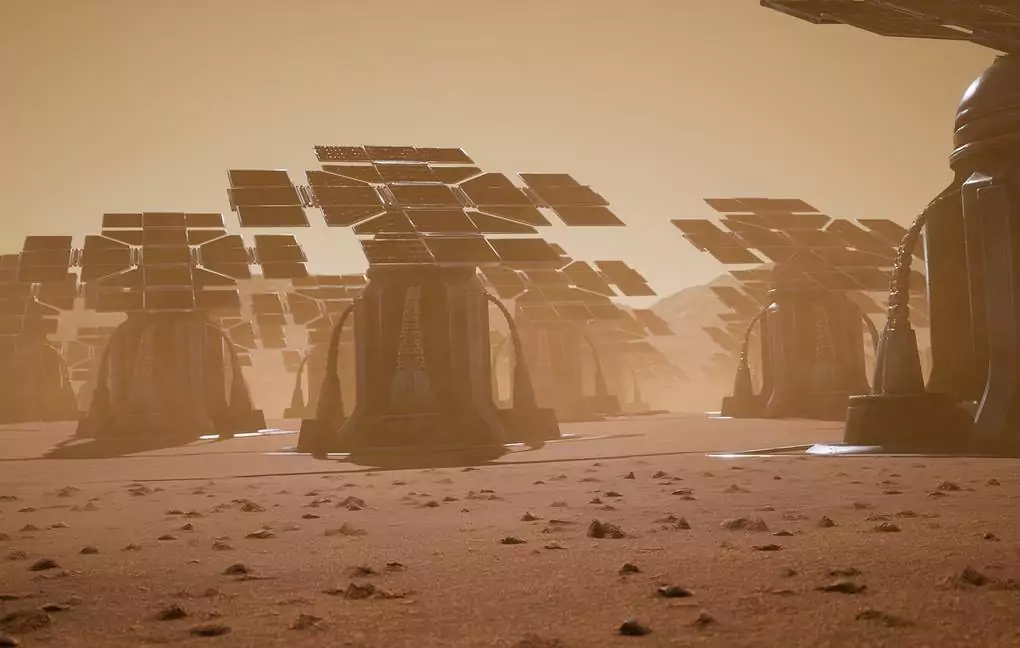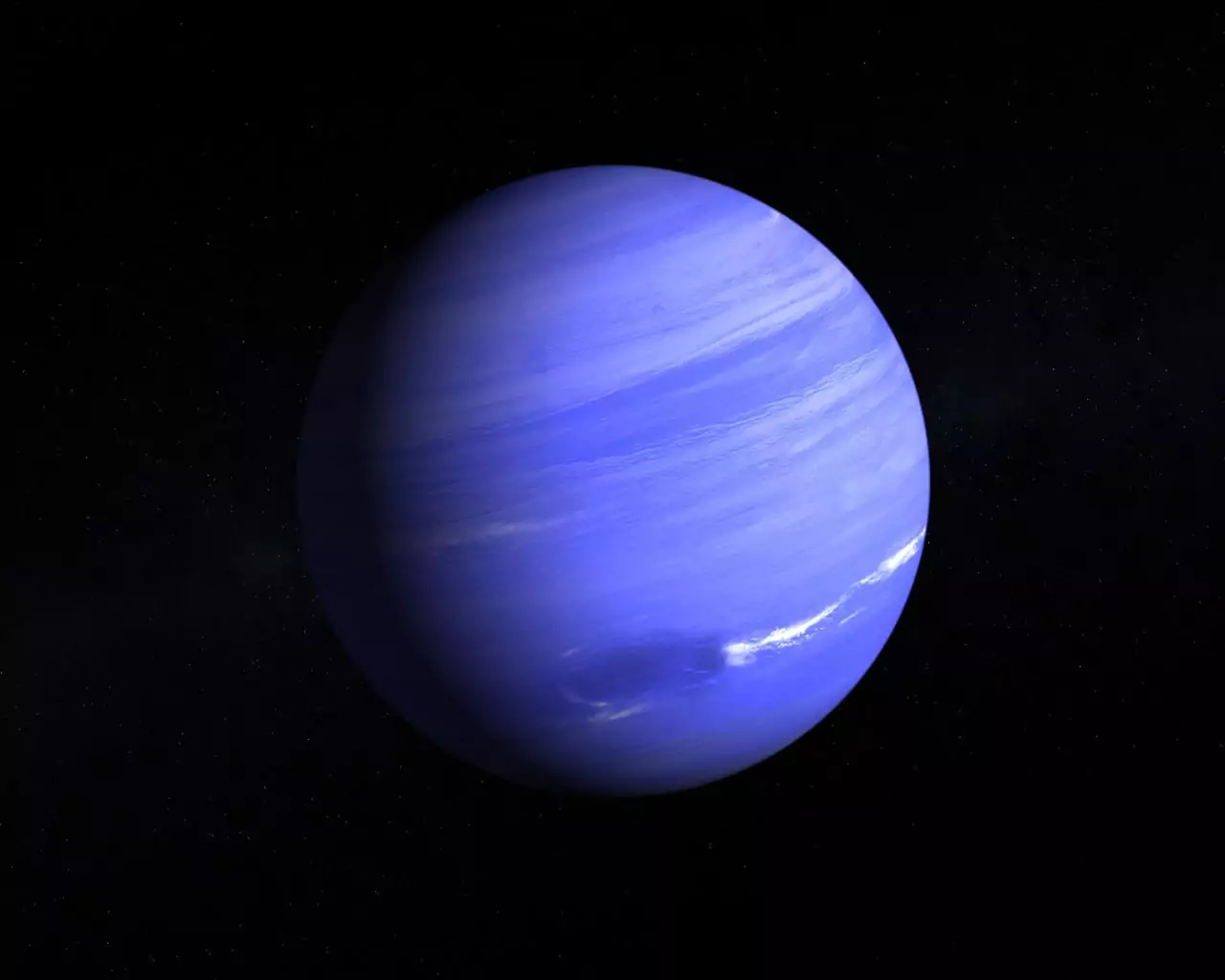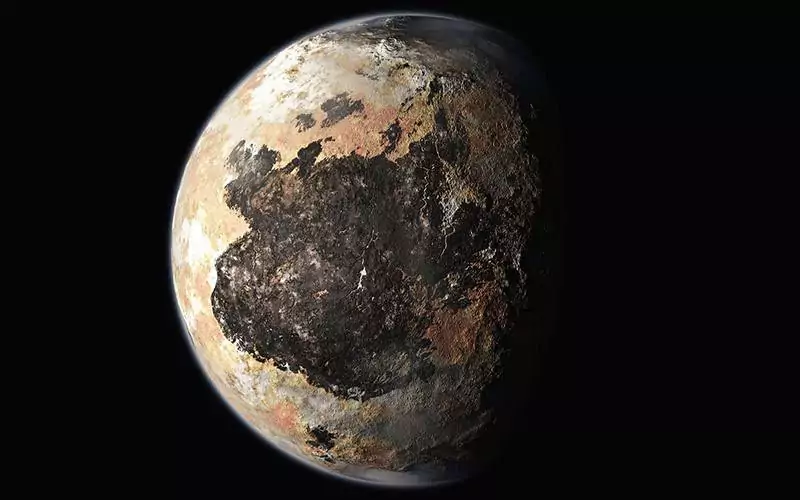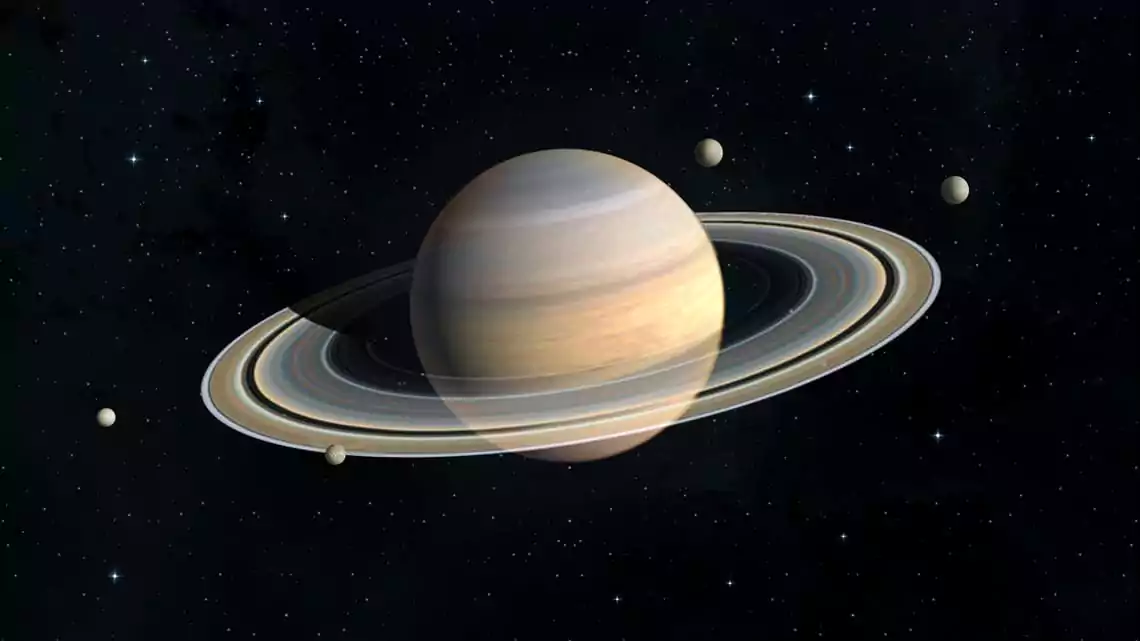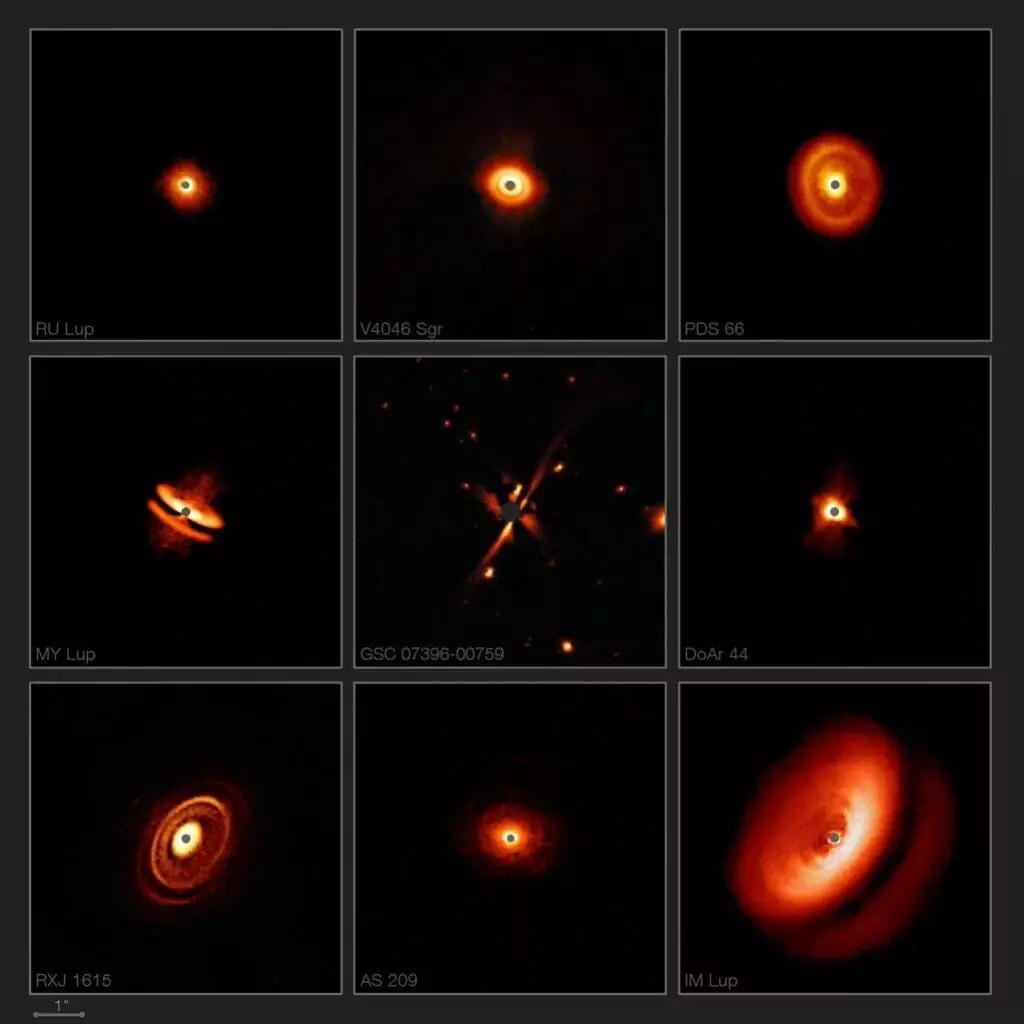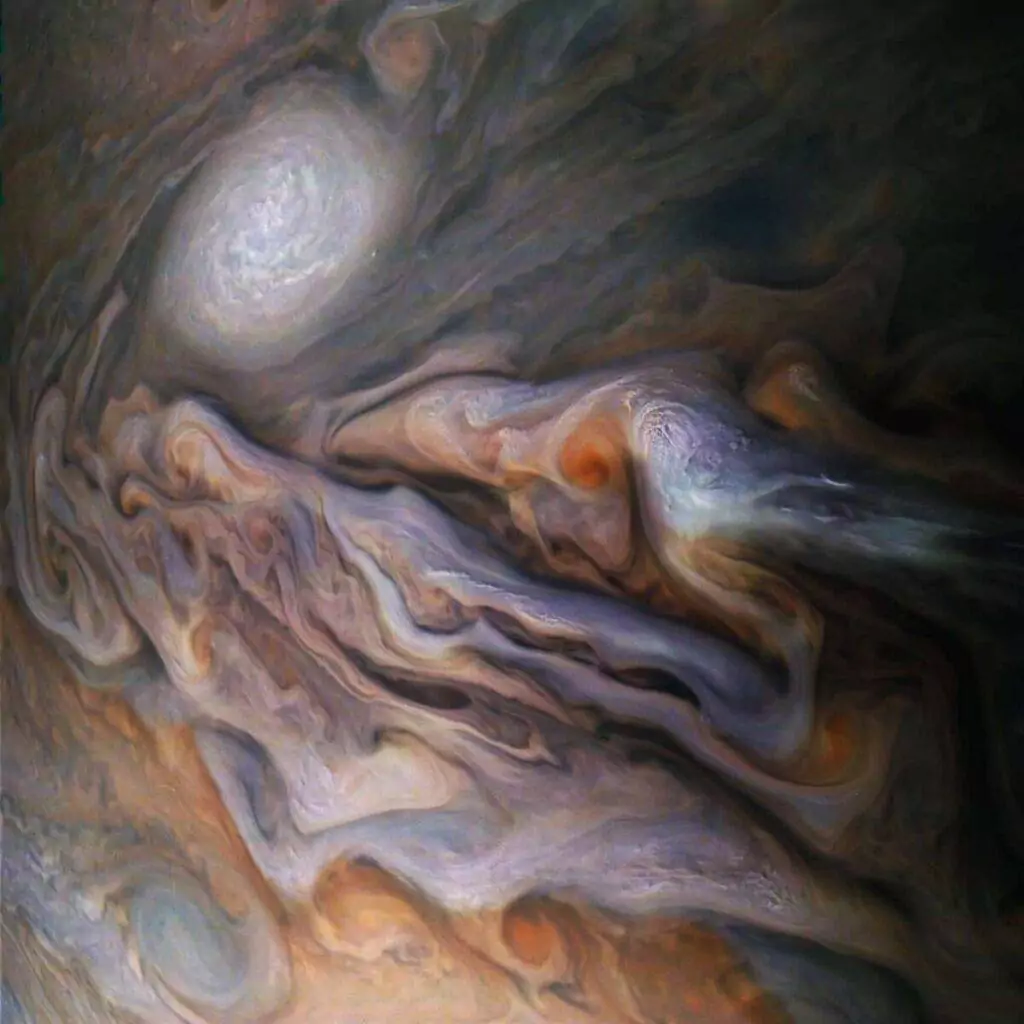-
Solar panels will be the optimal source of energy for bases on Mars

Calculations of scientists unexpectedly showed that about 50% of the area of Mars solar panels in combination with hydrogen production systems will be more efficient, taking into account the cost of their delivery, than miniature nuclear reactors. First of all, this concerns the equatorial and tropical latitudes of the planet, which receive the maximum amount…
-
Mysterious temperature fluctuations recorded on Neptune

An international team of astronomers has recorded mysterious fluctuations in Neptune’s overall temperature, followed by a sharp warming of the south pole. The findings of the study are published in The Planetary Science Journal. Experts analyzed infrared images of the most distant planet in the solar system, which were obtained over 17 years. It turned…
-
Why is Pluto no longer considered a planet?

For 76 years, official astronomy believed that there were 9 full-fledged planets in the solar system, among which Pluto is the most distant from the Sun. But since 2006, it has been classified as «minor planets and asteroids.» The discovery of Ceres and Eris forced the scientists to revise the classification. They, like Pluto, have…
-
Saturn’s rings are gradually disappearing due to the influence of the planet’s magnetic field

The rings of Saturn formed about 100 million years ago. They are made up of tiny particles of dust and ice. For one reason, the rings formed after the collision of the planet with the satellite. Scientists have reported a process of gradual depletion of the rings, which occurs due to the attraction of particles…
-
Astronomers have discovered the cradle of an emerging exoplanet like Jupiter

The protoplanet AB Aur b is formed in the star system AB Aurigae, which is only 2 million years old. It is removed from the Earth at 531 St. year in the direction of the constellation Auriga. AB Aur b is about 9 times as massive as Jupiter. It orbits its star at a distance…
-
Ocean physics fit to explain Jupiter’s atmospheric vortices

Thanks to images transmitted by the Juno satellite, oceanographers have been able to establish amazing similarities in the movement of water flows in the Earth’s oceans and dense gas flows in the vicinity of Jupiter’s poles. A team of researchers from the University of California Institute of Oceanography were able to prove that moist convection…
